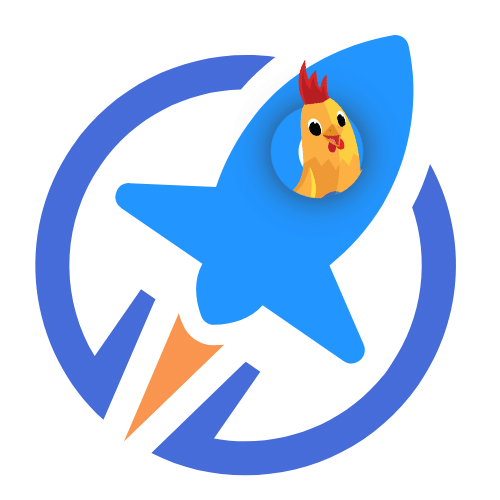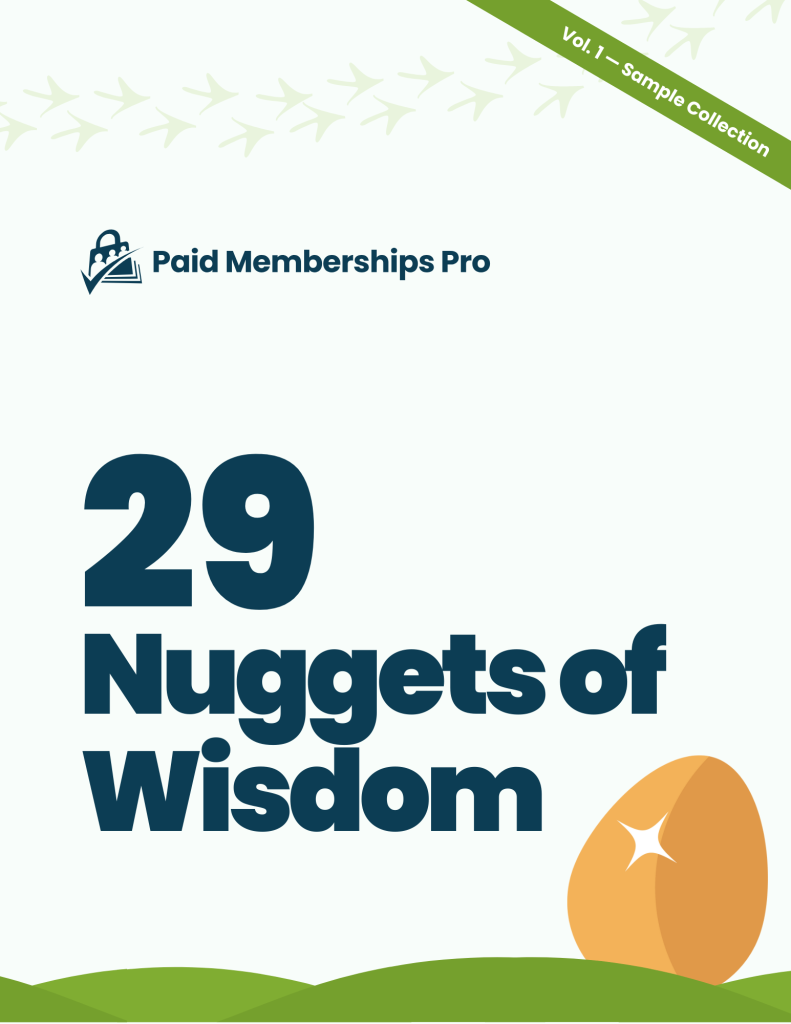Over the last number of years I’ve taken my small YouTube channel from something that only ever cost me money to a revenue-positive endeavor (despite its small size).
Most of my revenue comes from the online courses I’ve created. This series is designed to give you the tools to share what you know and do the same.
In this post, we’ll look at deciding what you should teach.
What Does Your Audience Want?
Before you start building your course, you’ll need to have someone to market it to.
Ideally, you’d have a blog, YouTube channel, or newsletter to test out your content and see what people respond to.
But unless you’re famous or you already have a big following, you’ll need to build an audience. This is how people will find your course.
We’ll talk more about marketing your course in Part 4 of this series.
When you have an audience that already responds well to your content, it’s easier to find out what they like – and this helps you figure out what is most likely to be a course worth building for them.
Don’t get hung up on not being the top expert in your field; To build a successful course, all you need to do is be a few steps ahead of those you’re teaching.
What Kind of Course Should You Make?
I wanted the first few courses I created to be the biggest, most comprehensive courses that anyone had ever seen!
In reality, that’s way too much work – and too much risk – when you’re just getting started.
You could spend months on this course and no one purchases it at all. I know I’ve had that happen to me.
The best course to start with is a smaller course that solves a specific problem for people.
Take a look at the other courses in your field and ask yourself: What angles are they missing?
When I created Getting Started with Obsidian, other similar courses seemed to focus more on academic workflows – not on regular people that simply wanted to improve their note-taking.
So, I aimed my course at the beginner who wanted a basic understanding of the software; In other words, I wanted to help regular people that weren’t involved in academic research.
Side note: Interestingly, people who were doing research for a living did find the course helpful, as I focused on how to make good connections between the notes.
Another reason Obsidian was such a good topic for a course was because I didn’t need to do a lot of research first.
I didn’t need to read any books, or take a ton of notes. All I needed to do was open Obsidian, talk about the basics of how it works, and show people how I was personally using the software.
Contrast this with a course I’ve been working on recently about improving your reading. I’ve had to read 5 books so far – and watch lectures on learning retention and reading methods, too.
I originally planned to release this course last year, but the more I read about the topic, the more I realized I needed to do more research.
So, I’ve continued to research this topic while producing other courses that are more similar to the Obsidian course.
Remember: Your best first course shows people something you already know how to do well.
Planning Your Course
Now that you have an overview of your course, it’s time to start organizing it.
You don’t need any fancy software to do this – just open up Google Docs or any word processor and start making a bulleted list.
Heck, you can get started just grabbing a piece of paper or some note cards and writing your ideas down!
I always recommend starting with plenty of ideas so that you can see what emerges while you’re developing your course.
If you’ve already been producing content on a specific topic, you can link bullet points to this existing content. You will probably rework your content at some point, but it’s important to remember that you don’t need to start your course completely from scratch.
If you want to power-up your course-making, I recommend software like Obsidian, Craft, RemNote or ThunkNotes for organizing your thoughts.
Personally, I use Obsidian and the Kanban plugin to build my courses. This combination helps me keep track of where I am in the production of individual lessons in particular.
For example, it allows me to cross-link my notes; I can easily link to another note that I want to reference – and I can see all the times the note has been linked to as well.
This allows me to create large webs of knowledge and quickly mix and match notes while producing my courses.
Writing Your Course
Even if you’re not planning a written course, I recommend writing out pretty much everything you’re going to say.
For example, when I produce a video course, I create a script for each lesson.
This helps for three reasons:
1. As you type out your script, you realize what you don’t know.
If you look at early drafts of any of my courses, you’ll see lots of question marks littered throughout. I use them to signify something I’m not sure about.
For the Craft course that I’m currently working on, I wrote some question marks next to the price. This will help me remember to double-check the current price of the application once I’m ready to record.
Writing down detailed explanations also helps me identify gaps in my knowledge.
When I was doing my Obsidian course, I made the mistake of confusing a couple of plugins. As I continued writing down my ideas, I realized that I was wrong.
Fortunately, it took me just ten minutes to sort out exactly what I needed to show off.
When it came time to actually record the video, I was totally prepared. In fact, I did most of my video lessons in one take.
If I had just started talking about these plugins on camera without writing about them first, I would have had to have gone back and spent extra time recording and editing.
2. You’ll probably realize that some of your lessons are too long.
Personally, I don’t like my video lessons to go over eight minutes. Ideally, I aim for five minutes because I’ve noticed that people drop out of my courses if the lessons are too long.
Writing out my lessons before recording them lets me organize my content around a specific word count. For example, a five-minute video script is around 750 words for most people.
Because I tend to speak a bit faster, my five-minute lessons can be up to 1,000 words. This means that if I go over 1000 words, I know it’s probably time to think about how I can split the lesson into multiple parts so that I don’t lose my students’ attention.
As a general practice, I don’t recommend reading directly from the script, because it can sound somewhat robotic.
I usually start recording my course, familiarize myself with the next paragraph of the script, and then just speak naturally about the topic. Then, I’ll move on to the next paragraph to show off whatever I want to communicate with my students next.
3. It’s easy to forget things.
I can’t count the number of times I’ve started to record a section of a course, only to realize that I don’t actually remember the specifics of the software that I’m trying to show off.
By creating a script with a screenshot included, I can see exactly how I should be demonstrating the idea at hand. This saves me a lot of time when I’m recording and editing because it reduces the number of mistakes I make.
Hopefully this post has helped you decide what to teach and how to plan your course.
This post is part of a series on building your online course.

LifterLMS: The Preferred Open Source LMS for PMPro Sites
Seamlessly integrate your Paid Memberships Pro membership site with LifterLMS to offer exclusive courses to your members.
Using the Streamlined Compatibility Mode allows Paid Memberships Pro to exclusively manage course access and restrictions, simplifying the membership management process.
Are you ready to start growing your online course business and attracting new students?
With Paid Memberships Pro, you can create free and paid subscriptions to your course content, benefit from a wide variety of Add Ons and integrations specifically designed for selling online courses, and manage your course on WordPress.
We know that a WordPress site has tons of moving parts. Choosing the right plugins, themes, hosting, third party services, design assets, and more can feel overwhelming.
Paid Memberships Pro is a comprehensive platform built for any kind of eLearning environment. Learn exactly what you’ll get — the plugins, the support, and the training — when you build your online course with Paid Memberships Pro.


